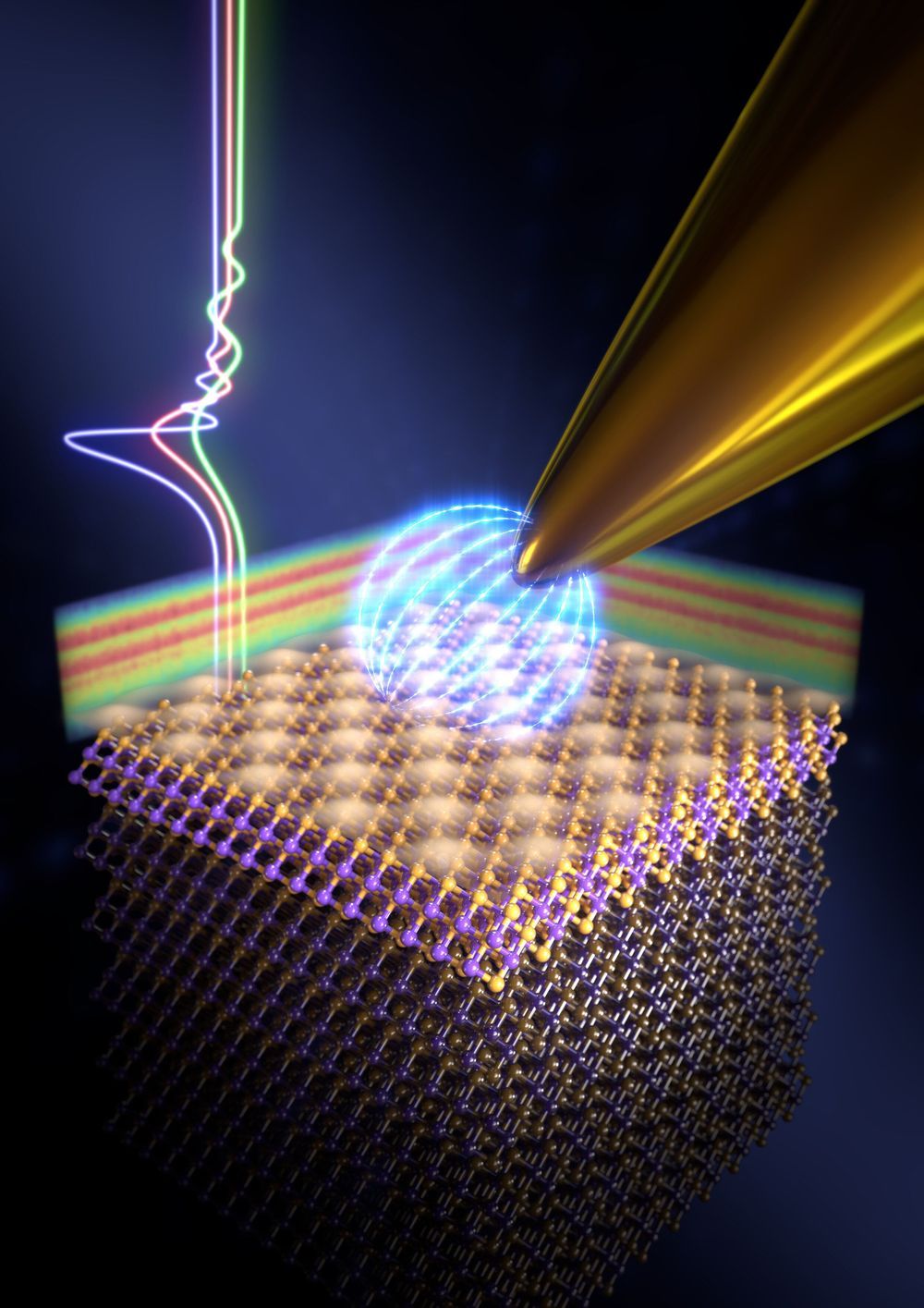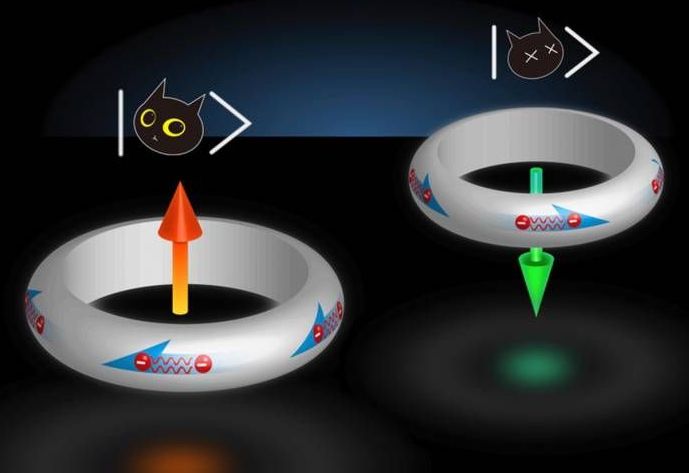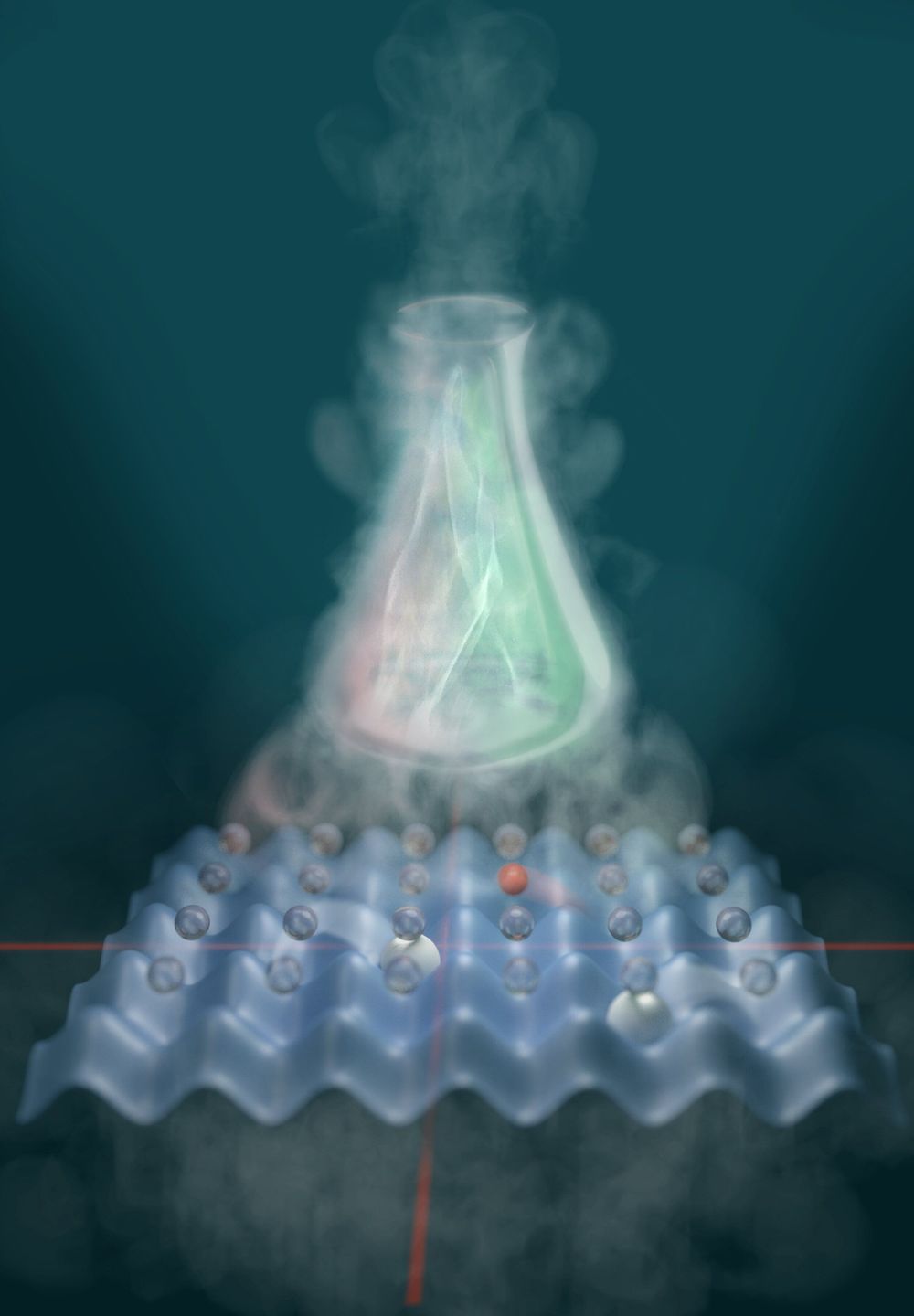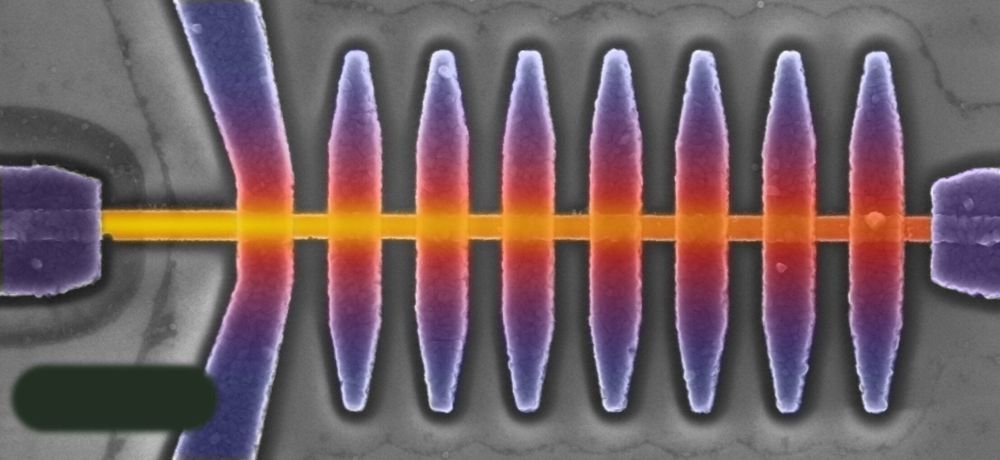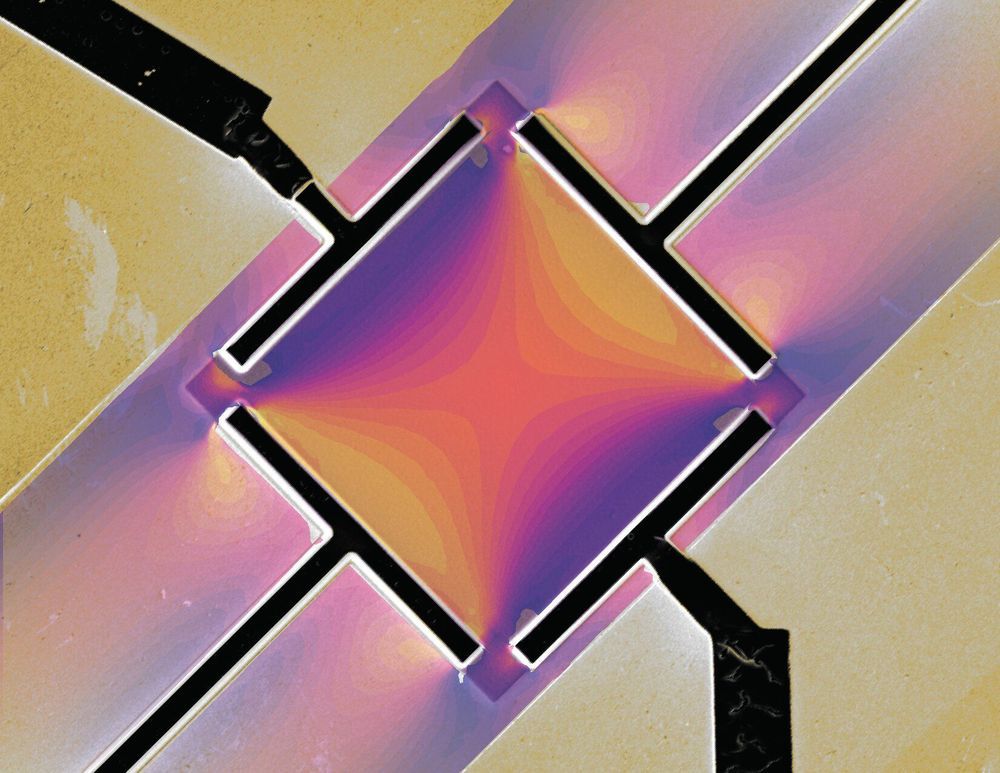The smallest pieces of nature—individual particles like electrons, for instance—are pretty much interchangeable. An electron is an electron is an electron, regardless of whether it’s stuck in a lab on Earth, bound to an atom in some chalky moon dust or shot out of an extragalactic black hole in a superheated jet. In practice, though, differences in energy, motion or location can make it easy to tell two electrons apart.
One way to test for the similarity of particles like electrons is to bring them together at the same time and place and look for interference—a quantum effect that arises when particles (which can also behave like waves) meet. This interference is important for everything from fundamental tests of quantum physics to the speedy calculations of quantum computers, but creating it requires exquisite control over particles that are indistinguishable.
With an eye toward easing these requirements, researchers at the Joint Quantum Institute (JQI) and the Joint Center for Quantum Information and Computer Science (QuICS) have stretched out multiple photons—the quantum particles of light—and turned three distinct pulses into overlapping quantum waves. The work, which was published recently in the journal Physical Review Letters, restores the interference between photons and may eventually enable a demonstration of a particular kind of quantum supremacy—a clear speed advantage for computers that run on the rules of quantum physics.

